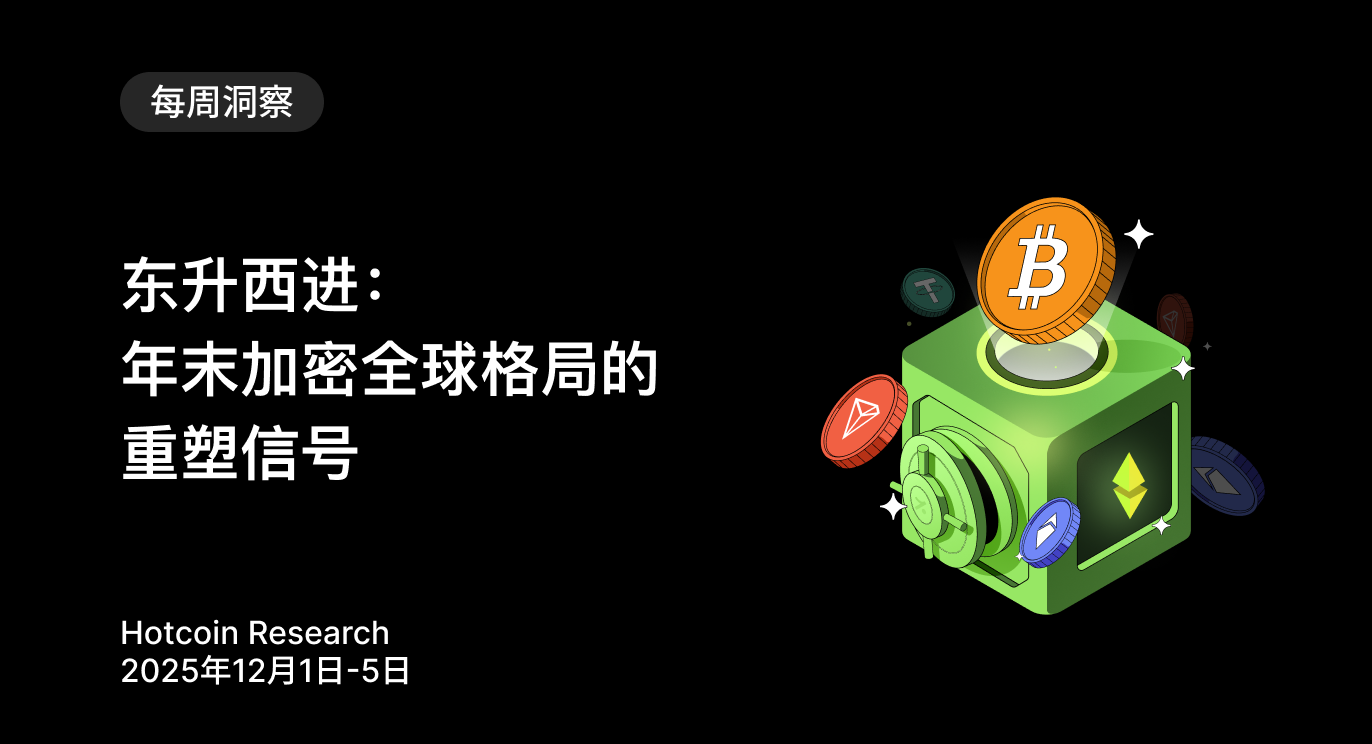**Iran retaliates against Israel, Trump delays decision on military intervention for another two weeks; *BTC* short-term holders' holdings have sharply decreased by 800,000 coins in less than a month!**
Macroeconomic Interpretation: Israeli intelligence agencies have confirmed that Iran plans to attack Israeli targets in Europe, prompting Israel to urgently initiate a plan to evacuate 100,000 expatriates. The Trump administration finds itself in a dilemma: although the White House claims it will decide within two weeks whether to militarily intervene in the Israel-Iran conflict, Trump himself has returned to the golf course, and his core supporters openly oppose involvement in Middle Eastern conflicts. Interestingly, the cryptocurrency market has shown a high sensitivity to war risks, with the White House's statement about a "two-week decision period" triggering a short-term increase of 0.55% in Bitcoin. The uncertainty of the macro situation is the biggest obstacle for Bitcoin, as geopolitical conflicts and macro risks are reshaping its pricing logic.
The Bitcoin market is currently experiencing a profound period of silence. On-chain data shows that the seven-day moving average trading volume of Bitcoin has dropped to about 350,000 transactions, marking an 18-month low, in stark contrast to the single-day peak of 700,000 transactions expected in mid-2024. This contraction is not only due to the retreat of speculative enthusiasm for Bitcoin-native protocols like Runes and Ordinals but also reflects a structural decline in market activity. The sharp drop in trading volume and the disappearance of competition for block space have kept average transaction fees below $1.50, with some users even attempting to initiate transactions at ultra-low rates of less than 1 sat/vB. The "Slipstream" channel launched by mining pool MARA has further sparked controversy over Bitcoin's censorship resistance. Beneath the surface of a quiet market, a profound restructuring of capital dynamics is underway.
What is concerning is that new capital inflows are facing exhaustion. CoinAnk data shows that the holdings of short-term Bitcoin holders have decreased by 800,000 coins in less than a month, with the demand momentum indicator dropping to a historical low of -2 million coins. In line with this, Goldman Sachs has issued a warning: U.S. national debt is climbing to "unsustainable" levels, with $36 trillion in debt accounting for about 120% of GDP, and interest payments are expected to exceed $1 trillion next year—more than the total of Medicare and defense spending. Under the shadow of a debt crisis, Bitcoin's safe-haven attributes resonate subtly with fiscal dilemmas. Although Bitcoin ETFs continue to attract institutional funds (with cumulative inflows exceeding $45 billion and an average of $2.6 billion per month), the price has stagnated around $105,000. Some institutional reports indicate that the market is under hidden selling pressure, with retail participation significantly shrinking. Interestingly, however, whales are quietly accumulating, as CoinAnk on-chain data shows that the number of wallets holding more than 10 BTC has increased by 231 in the past 10 days, while retail wallets (0.001-10 BTC) have decreased by 37,465 during the same period. This divergence is often seen as a precursor to a bull market.
A deeper change lies in the transformation of Bitcoin's role. As on-chain transaction volume returns to basic transfer functions, and institutional funds continue to flow into ETFs while retail investors exit, Bitcoin is accelerating its shift from a medium of exchange to a store of value. The marginal status of gold in U.S. family offices somewhat constrains the penetration of "digital gold." The current sideways market is precisely the painful period of this attribute transition—markets need to digest early speculative bubbles while waiting for the initiation of a new capital cycle. The accumulation behavior of whales and historical patterns suggest that patient capital may achieve excess returns during the liquidity tightening phase.
Bitcoin is filled with contradictory signals: on-chain quietness coexists with whale accumulation, geopolitical crises intertwine with fiscal cliffs, and institutional entry coincides with retail exit. This complex situation highlights its unique value as a non-sovereign asset. As traditional financial markets tremble under debt expansion and the Middle Eastern powder keg could ignite oil prices at any moment, Bitcoin's "digital gold" narrative is gaining real support. While short-term volatility is inevitable, the optimization of capital structure and the deepening of attribute transformation are laying the foundation for the next round of value discovery. For investors, the current period of silence may be an important window to reassess positions and plan for the long term—after all, history shows that when whales begin to roam, the direction of the tide is often already brewing. The market always oscillates between fear and greed, and the true value anchor is quietly forged in the eye of the storm. This silence in Bitcoin is precisely the touchstone of long-termism.

BTC Data Analysis:
CoinAnk's latest on-chain data monitoring indicates that the Bitcoin market is undergoing a significant structural change in holdings: the holdings of short-term holders (STH) have sharply decreased by 800,000 coins in less than a month, while the demand momentum indicator has dropped to a historical extreme of -2 million coins. In stark contrast, the number of wallets holding more than 10 BTC has increased by 231 in the past 10 days, while retail wallets (0.001-10 BTC) have decreased by over 37,000 during the same period. This phenomenon of holding differentiation has historically often signaled a reconstruction of market supply dynamics.
From a market impact perspective, the rapid exit of short-term holders has created short-term selling pressure, but the continued accumulation by large wallets indicates that "smart money" is accelerating its positioning. On-chain data shows that when short-term holders' unrealized gains and losses drop to a freezing point, BTC prices often form a temporary bottom. Notably, the current reserves of BTC on exchanges are declining at a historic rate, and this liquidity contraction may trigger significant supply tightening effects. Coupled with the cyclical changes in the proportion of long-term holders (LTH), the current market characteristics closely resemble the accumulation phases at the beginning of the bull markets in 2017 and 2021. If the trend of institutional accumulation continues, it may drive BTC into a new round of value reassessment.
免责声明:本文章仅代表作者个人观点,不代表本平台的立场和观点。本文章仅供信息分享,不构成对任何人的任何投资建议。用户与作者之间的任何争议,与本平台无关。如网页中刊载的文章或图片涉及侵权,请提供相关的权利证明和身份证明发送邮件到support@aicoin.com,本平台相关工作人员将会进行核查。




